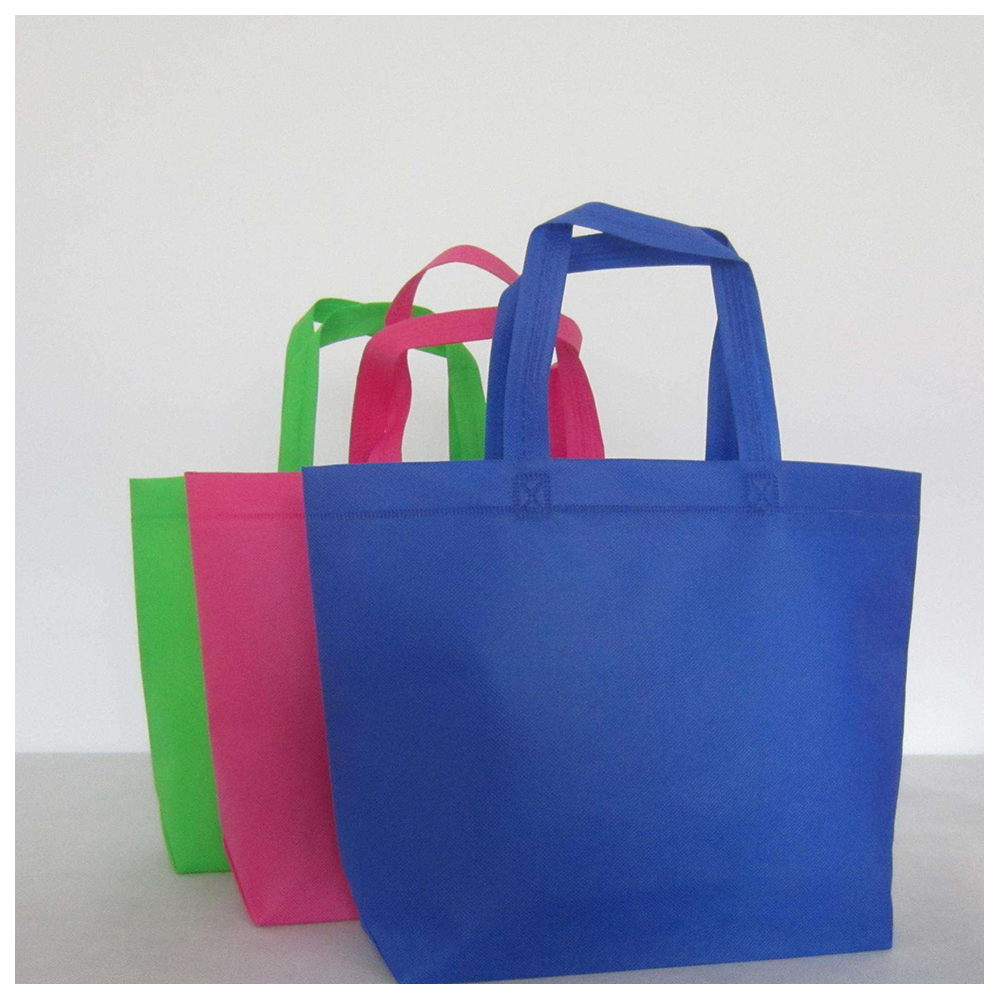In Japan, food packaging has become more than just good looking and practical. Taking into account the needs of environmental protection has become an important issue for the packaging industry. Today's Japanese businessmen try to use raw materials that do not pollute the environment when packaging food, such as using paper bags instead of plastic containers, which reduces the cost and technical difficulties of collecting used packaging into factory recycling. Packaging design also played a big role in this regard.
Ninety percent of Japan's milk is sold in crumpled lines of paper. This is a good education that allows children to access and use environmentally friendly "green" products from childhood. The easy-to-squash package not only has a lower production cost, but also can reduce the occupied space, facilitate the recirculation and reduce the transportation cost. Japan's most common drink, Yakutt Health Drink, also uses a cup-shaped container designed with a bottom-split feature. After tearing the bottom, one can easily flatten the container for easy recycling.
Every year in Tokyo, Japan, a packaging design competition is held. An award-winning beverage package called Eco Pac is widely used. The package consists of a 100% recyclable cardboard box and a box containing the beverage in the box, also known as the Bag in Carton/box design. The main purpose is to make it easier for people to separate the carton from the bag and it is easier to handle when it is recycled. At present, most of the alcoholic beverages on the market in Japan use such packaging. Another new packaging design that is beginning to be accepted by Japanese consumers is Standing, bag/pouch. Since opening the bag is more likely to spill the internal liquid than opening the bottle, the opening of the bag is specifically designed to facilitate opening. This kind of bag is mainly used to replace plastic bottles. Compared with the two, the former uses only 1/5 of the plastic. In addition to beverages, many of the cooking oils sold in Japan are sold in composite paper packaging, which greatly reduces the use of plastics.
The packaging of Japanese dish cleaners can also take care of environmental protection needs. After the consumer has used the detergent for the first time, he can buy the detergent sold in the vertical bag on the market, and then pour the detergent into the original plastic container to continue using it so that the plastic container does not have to be lost.
The above are just some of the "green" packaging designs that are commonly used in Japan. Most of them can reduce the volume and weight of the packaging, reduce the waste of resources and difficulties in recycling, and more importantly, they are conducive to the maintenance of human health.
Although plastic containers have been replaced with paper packaging, the waste generated from packaging is still a problem that cannot be ignored. If calculated by weight, they account for 20% to 30% of the total waste, and if calculated by volume, they account for 50% to 60% of the total waste. In view of this situation, Japanese experts suggest that many foods that are not necessary for packaging can be completely abandoned. Taking vegetables and fruits as an example, a survey conducted by the Japan Chain Store Association showed that except for tomatoes, peaches, and strawberries. 90% of vegetables and fruits do not need sales packaging, which helps maintain the nutrition and freshness of vegetables and fruits. If packaging is required, special plastic wrap should be used to prevent moisture from penetrating. If moisture is infiltrated into the packaging, it will speed up the spoilage of vegetables and fruits, causing unnecessary waste and harm to the body.
The reason why Japanese food traders are able to take care of environmental protection requirements is that, in addition to the strong support of various government departments, the company itself has also taken active actions to ensure that the quality of its products and packaging is reduced due to fierce competition in the domestic market. Fair trade and increase production levels. Japan's "green" packaging for food is worth learning from countries around the world.
Environmental protection Non-woven Bag (commonly known as non-woven bag) is a green product, tough and durable, beautiful appearance, good permeability, reusable, washable, screen printing advertising, long use, suitable for any company, any industry as advertising, gifts Non-woven bag, strong toughness for repeated use, can be recycled, and this bag is not very suitable for the strength and to promote the environmental protection company. Once instead of plastic bags and paper bags, in the exhibition, promotion activities, free distribution is also very practical, the effect is of course and produce their own style and quality is directly proportional to the

Custom Non-Woven Bags,Custom Non Woven Bags,Custom Non Woven Tote Bags,Custom Non Woven Shopping Bag
Baoding Sympathy Bags Manufacturing Co., Ltd. , http://www.sympathybag.com